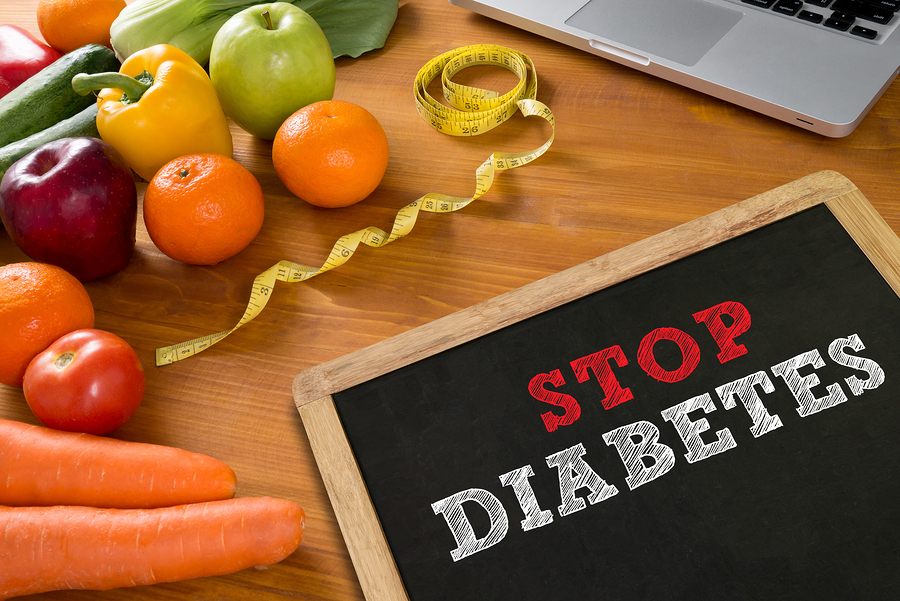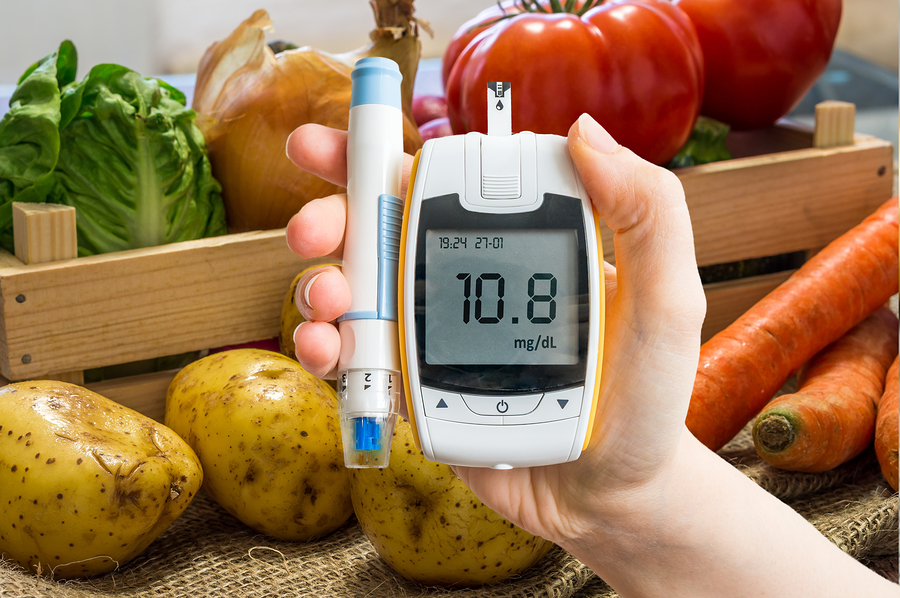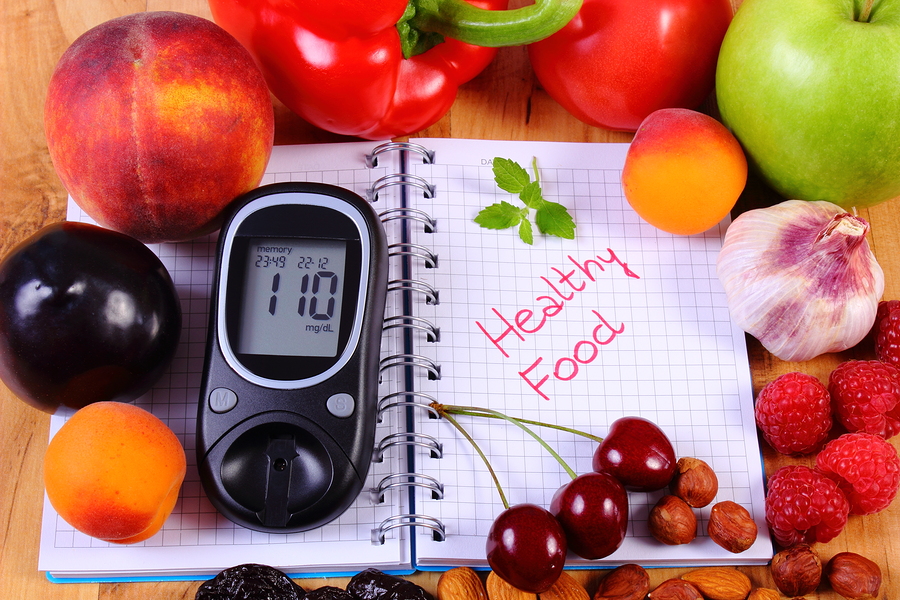- Make It Yourself Lavender Heart-Shaped Bath Bombs!
- 20 Things You Never Knew About “Down There”
- 12 Best Foods For Those Suffering From Arthritis Pain
- 12 Personal Hygiene Mistakes Almost Everyone Makes (Mom Never Told You About #4!)
- 15 Medicinal Plants And Herbs From The Cherokee People
- 12 Mind-Blowing Benefits Of Drinking Coconut Water During Pregnancy
- 12 Outstanding Winter Foods That Won’t Fatten You Up Like A Christmas Turkey
US Citizens: The State You Live In May Increase Your Risk Of Diabetes

Photo credit: bigstock.com
With the spread of processed foods and sugary snacks in modern times, it is no surprise there has been an increase in diseases. Some regions of the world seem to be more heavily affected by this problem than others, even within the same country. In the United States, data analysis has revealed that the state you reside in can play a significant role in determining how likely you are, statistically speaking, to get diabetes. In this article, we’ll explore what regions of the country are most affected by diabetes, and practical steps you can take to reduce your chances of getting the disease.
A recap on diabetes
Before delving into the data, let’s do a quick review of what we’re talking about. Diabetes is a disease. There are two primary forms of diabetes, type 1 and 2. Type 1 is a very rare condition where the body does not produce its own insulin. Only 5 percent of diabetics have this form, and diet and lifestyle don’t play a role in whether or not someone develops it, so this condition will not be the focus of this discussion.
Type 2 diabetes, on the other hand, is by far the most common, and is directly linked to and affected by the dietary habits of those who have it. Type 2 diabetes is a condition where the body produces too much blood sugar, otherwise known as hyperglycemia. In addition to this, people with type 2 diabetes are unable to use the insulin their body produces properly, a condition referred to as insulin resistance, which makes the blood sugar problem even worse.
Symptoms of type 2 diabetes include vision problems, weight loss, increased hunger and thirst, excessive urination, fatigue, and dark patches forming on the skin. It also leads to an increased risk of high blood pressure, cardiovascular disease, kidney disease, and nerve damage.
Continue to Page 2

Photo credit: bigstock.com
Prevalence of type 2 diabetes by state
According to a survey conducted by Gallup-Healthways in 2015 on over 175,000 adults in the United States, the prevalence of type 2 diabetes by state is as follows:
- Utah: 7.4 percent
- Rhode Island: 7.6 percent
- Colorado: 7.9 percent
- Minnesota: 8.4 percent
- Montana: 8.7 percent
- Alaska: 8.8 percent
- Massachusetts: 8.9 percent
- Vermont: 8.9 percent
- Nebraska: 9.1 percent
- Wyoming: 9.3 percent
- New Hampshire: 9.4 percent
- Idaho: 9.7 percent
- Connecticut: 9.8 percent
- Washington: 10.1 percent
- New Mexico: 10.1 percent
- California: 10.2 percent
- Iowa: 10.2 percent
- Nevada: 10.2 percent
- Oregon: 10.3 percent
- Wisconsin: 10.4 percent
- New Jersey: 10.4 percent
- Illinois: 10.5 percent
- South Dakota: 10.5 percent
- North Dakota: 10.8 percent
- Virginia: 10.8 percent
- Delaware: 10.8 percent
- Kansas: 10.9 percent
- Hawaii: 11.1 percent
- New York: 11.1 percent
- Arizona: 11.3 percent
- Maine: 11.5 percent
- Pennsylvania: 11.8 percent
- Texas: 11.8 percent
- Florida: 11.9 percent
- Maryland: 11.9 percent
- Michigan: 12.0 percent
- Indiana: 12.2 percent
- Georgia: 12.7 percent
- Oklahoma: 12.9 percent
- Louisiana: 13.5 percent
- North Carolina: 13.5 percent
- Missouri: 13.5 percent
- Ohio: 13.5 percent
- Kentucky: 13.7 percent
- Arkansas: 14.1 percent
- South Carolina: 14.4 percent
- Tennessee: 14.4 percent
- Mississippi: 15.6 percent
- West Virginia: 16.1 percent
- Alabama: 16.1 percent
Continue to Page 3

Photo credit: bigstock.com
What can be done to reduce your risk?
Here’s the good news: even if you live in an area with very high levels of diabetes, the steps you would take to reduce your risks of getting it are the same. Some people are more genetically predisposed to the disease, so be aware of your family medical history to get a better understanding of your risk.
Cut back on sugar. It cannot be said enough. Things like soda, fake maple syrup, and candy are extremely unhealthy and can increase your risk of developing type 2 diabetes. Don’t worry about the latest trendy diet. Just make good choices with your food. Everything stems from that. In particular, getting more fiber and choosing whole grain foods (for example, whole wheat pasta versus normal pasta) can help reduce your risk.
Getting plenty of exercise is also important. Leading a sedentary lifestyle is a contributing factor to developing type 2 diabetes, so try to get 30 to 60 minutes of exercise every day. Even just going for a walk is better than nothing. Physical activity will help normalize blood sugar levels and tackle all the problems which contribute to diabetes at once. Being overweight also increases your risk. Adopting the above recommendations is a comprehensive approach to improving your health, because losing weight will help protect you from diabetes, and following a healthy diet will also help you lose weight. It’s synergistic.
READ ALSO: Are Vitamin D Supplements Effective For Diabetes, Weight Loss, And Blood Pressure? Video
Remember—nothing tastes as good as healthy feels, and if you develop type 2 diabetes, you won’t think eating those sweets was worth it. For most people, being healthy is a choice. Choose to be healthy, and guard against diabetes, regardless of where you live.
References:

































